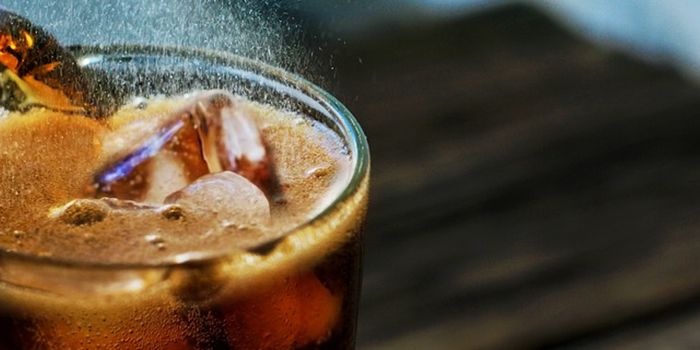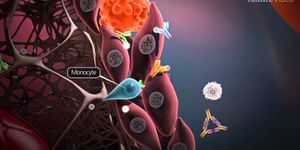Scientists from the North Carolina Agricultural and Technical State University (NC A&T) Center for Excellence in Post-Harvest Technologies published a study this month in the journal
Phytomedicine examining the prevention of diabetic complications from cytotoxic compounds present in apples, tea, and ginger.
A compound called methylglyoxal can cause formation of advanced glycation-end products (AGEs) that become toxic to cells after reacting with amino acids. AGEs cause oxidative stress and inflammation, leading to chronic diseases like cardiovascular disease and type II diabetes (
Journal of the American Dietetic Association). This reaction also exacerbates diabetes-related complications in patients who already have diabetes.
AGEs cause inflammation by activating various inflammatory signaling pathways that are helpful if activated in the correct context. In addition, cell surface receptors for AGEs are actually immunoglobulins expressed on many cells including macrophages, T lymphocytes, and dendritic cells (
Redox Biology).
The NC A&T scientists together with scientists from Qatar University studied human retina epithelial cells to evaluate AGE formation and identify compounds from apples, tea, and ginger that most effectively reduce or prevent AGE formation. The polyphenols associated with apples, tea, and ginger are known to reduce the risk of cancer, hyperglycemia, and heart disease. The team from NC A&T and Qatar University focused on 8 major bioactive compounds, looking to identify the exact cytoprotective mechanisms that inhibited AGE formation.
They found four of the compounds to be the most cytoprotective and least cytotoxic, most effectively preventing carbonyl stress in the retinal cells:
- (-)-epigallocatechin 3-gallate (tea)
- Phloretin (apples)
- 6-Gingerol (ginger)
- 6-Shogaol (ginger)
As compared to a known therapeutic agent for reducing AGEs, aminoguanidine (AG), these four compounds effectively reduced blood glucose through promoting glucose metabolism in diabetics, showed antiglycation activity, and exhibited other unidentified anti-diabetic effects.
Source:
Phytomedicine


















































